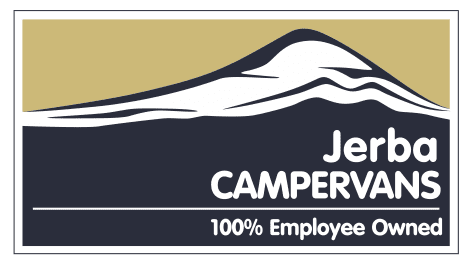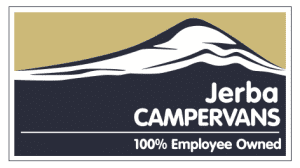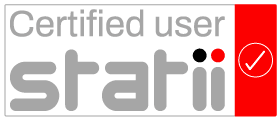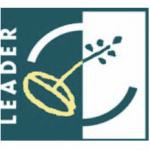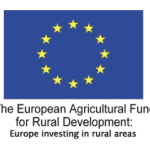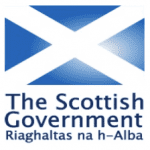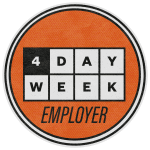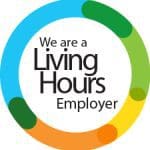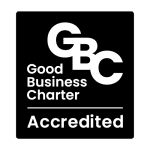For every campervan where Jerba Campervans supply the brand new van, your DVLA ownership document (V5C/log book) will be completed correctly for you by us, however, if you have supplied us with your own van for a conversion then it is your responsibility, as the owner of the vehicle, to notify the DVLA that it has been converted from a van into a camper
It’s a legal requirement that all UK registered vehicles are classified correctly on their V5C form. When converting a van into a camper the DVLA will reclassify the campervan conversion into the “motor caravan” category.
The DVLA use the following criteria to judge whether a campervan conversion meets their requirements to be reclassified as a motor caravan;
- A door that provides access to the living accommodation
- A bed, which has a minimum length of 1800mm or 6 feet. This can be converted from seats used for other purposes during the day but must be permanently fixed within the body of the vehicle
- A water storage tank or container on, or in, the vehicle
- A seating and dining area, permanently attached to the vehicle. The table may be detachable but must have some permanent means of attachment to the vehicle. It is not good enough to have a loose table
- A permanently fixed means of storage, a cupboard, locker or wardrobe
- A permanently fixed cooking facility within the vehicle, powered by gas or electricity
- At least one window on the side of the accommodation
Once you have your completed campervan conversion back in your possession all you need to do is to send your V5C form to the DVLA (retain part 10) and include a covering letter explaining the conversion work that has been undertaken and that you would like the Body Type of the van to have a vehicle classification change to be reclassified as a Motor Caravan.
Include around 10 photos showing all the parts of the camper conversion that meet the above list of requirements – it’s important to ensure that you include at least one photo that shows the DVLA the vehicle number plate.
Once you have your new V5C form back then we would recommend that you then contact your insurer to check whether they require any written confirmation.
If the DVLA have any queries regarding the vehicle classification change then they will contact you directly, but if you don’t hear from them then expect a new revised V5C form to arrive in the post in 3 or 4 weeks’ time.
Here are the main points that we took away from the report:
It found that EO triggered fundamental enhancements to companies’ productivity, resilience and decision-making. But the advantages reach well beyond the confines of the businesses themselves, creating a virtuous circle for local, regional and national economies as more firms adopt the model.
EO offers a meaningful response to our many fundamental economic challenges and does so by starting with a focus on the value and experience of the individual at work. It builds outwards from that nucleus to shepherd the creation of dynamic, successful firms that, together, drive a robust – and genuinely inclusive – national economy.
EO encourages employees to work smarter and deepen their contribution to their organisations as they think and act like owners. By securing higher employee engagement, EO brings workers together in a joint effort to innovate to both improve the efficiency of businesses and to find solutions for difficulties that a company may be experiencing.
Evidence shows that the extra empowerment can give EOB staff significant wellbeing benefits – their tangible role in decision-making and strong networks of interpersonal trust bringing greater job satisfaction and emotional rewards.
EO is a powerful employee motivator. The evidence from the Inquiry panel is clear that EO is highly likely to encourage staff to:
- show greater motivation
- act on their own initiative
- work collectively to improve the fortunes of the firm as a whole
The Inquiry noted that the transition to employee ownership is associated with rapid improvement in productivity, often driven by employees taking initiative, and implementing changes in work practices that reduce waste and improve efficiency.
EO roots
